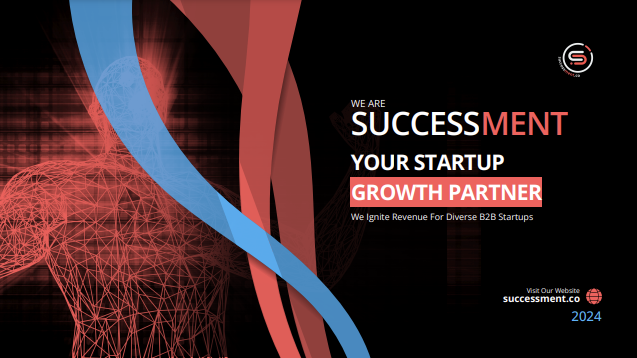When it comes to content marketing, there are three different types of media to consider in your business’ marketing strategy.
Earned, owned and paid media are all different elements of a great content marketing strategy; and while some companies focus on only one type, it’s better not to rely solely on just one tactic and instead develop a holistic approach to your content.
Gaining recognition and exposure will require you to regularly publish valuable content on your own company media channels, find opportunities for coverage in local and industry publications, and finally, invest in opportunities to promote that content to the outside world.
In order to be successful with your content marketing, it is important to understand the subtle differences between the three types of media, and how they often yield the best result when they are all intertwined.
Earned Media
Probably the best way to define earned media is by stating that is media that cannot be bought or owned.
That is to say, it has to be gained organically from channels outside of the control of your business, rather than being generated from within the business.
In simplistic terms, earned media could be re-named “word of mouth media”.
Your business can gain earned media using a variety of methods.
For example, you may gain earned media from a journalist writing a report on the accolades your company won in a recent business awards ceremony.
Or maybe you produced a video that has gone viral on social media thanks to customers sharing it with their friends, family and colleagues, making it reach far beyond your owned and even paid media channels.
Coverage in the local and regional press, positive reviews, customer referrals, and mentions on professional blogs, all count as earned media.
However, this is not to say that earned media cannot be influenced. You can develop earned media strategies to increase your company’s word of mouth publicity.
For example, you can work with journalists to help facilitate their articles by providing expertise in your particular business sector and gain a mention for doing so.
Similarly, you can provide thought leadership by authoring articles in industry publications and by answering calls to write guest contributions on relevant websites.
Earned media is rapidly becoming one of the “go to” marketing approaches of companies worldwide, because it has the reach of paid media (without the same high cost), and it builds more trust than owned media because it comes from a trusted third party.
In fact, Nielson found in a study they completed in 2013 that earned media is the most trusted source of information in every single country surveyed, and what’s more, it is the most likely channel to stimulate a potential consumer into action.
So whether it’s a customer recommending your product to a friend, or a blogger giving your new service a great review, earned media is currently one of the most powerful and impactful endorsements your company can receive today.
Owned Media
Put simply, owned media is content that is created and publicized through media channels that you control from within your company.
For example, if a business was to produce a brochure demonstrating its services, showcasing client case studies and presenting positive testimonials, this would be constituted as owned media.
In today’s digital economy, owned media is perhaps best demonstrated by assets such as the company website, the company blog, and company-owned social media pages such as the business’ Twitter accounts or the company Facebook page.
Owned media tends to focus around content that educates and provides value to potential customers, as opposed to being promotional in nature, which is often the case with paid media.
Since owned media is limited to marketing channels that are within the control of a company, business owners often invest in paid media to increase the reach owned media assets.
For example, you may prepare a press release about your latest product, which is then disseminated through your company’s own media channels (website/blog, social media pages, and email list).
You may then choose to pay for your press release to appear in several industry-related print magazines and on industry news websites for a set fee. This is a perfect modern day example of paid media and owned media working hand-in-hand in order to generate leads and interest in your company.
As you may have guessed, the limitation of owned media is that it can only be spread as far as the media channels you own. If you want to reach a wider audience, you are going to have to invest in paid media or develop earned media strategies to broaden the influence of your owned media assets.
Paid Media
Paid media is perhaps the most traditional of the three formats.
In essence, this is media and publicity a company gains from marketing channels outside of your business, which is acquired by paying a fee.
For example, placing traditional advertising on television, radio, print or billboards is a perfect example of utilizing paid media. You as the company, are paying for your content to appear across mediums or platforms outside of your business.
If we are to take this example and apply it to the online world, social media platforms offer companies the ability to pay for advertising. Whether it is Facebook, LinkedIn, Twitter or Pinterest, you can pay to put your content in front of a targeted audience in order to drive exposure for your business.
Paid media is also increasingly being used as a method to increase coverage of owned media.
For example, you can pay large sums through Google Adwords campaigns to ensure your company website (which is owned media) appears at the top of online search results for specific keywords.
One of the biggest concerns for businesses owners using paid media is that it can be expensive.
This is particularly the case for small to medium-sized businesses who have a smaller marketing budgets. Paid media placements and online campaigns can easily run into thousands of dollars per month, and they might not always generate enough income to offset their costs.
Therefore, companies need to analyse their specific needs and narrow down their target audience before investing in paid media.
Without a developed paid media strategy, businesses can end up employing a scatter-gun approach, which may not yield any meaningful results.
That’s All Folks!
So there you have it; hopefully you now understand the differences between the three different types of media and how it is necessary to develop a content marketing strategy that utilizes a combination of all three.
You can sit back and relax as we make sure that everyone who would love to use your content assets has the opportunity to do so!
If this sounds like something of interest for your business, why not get in touch with a member of our team to discuss you content options?





